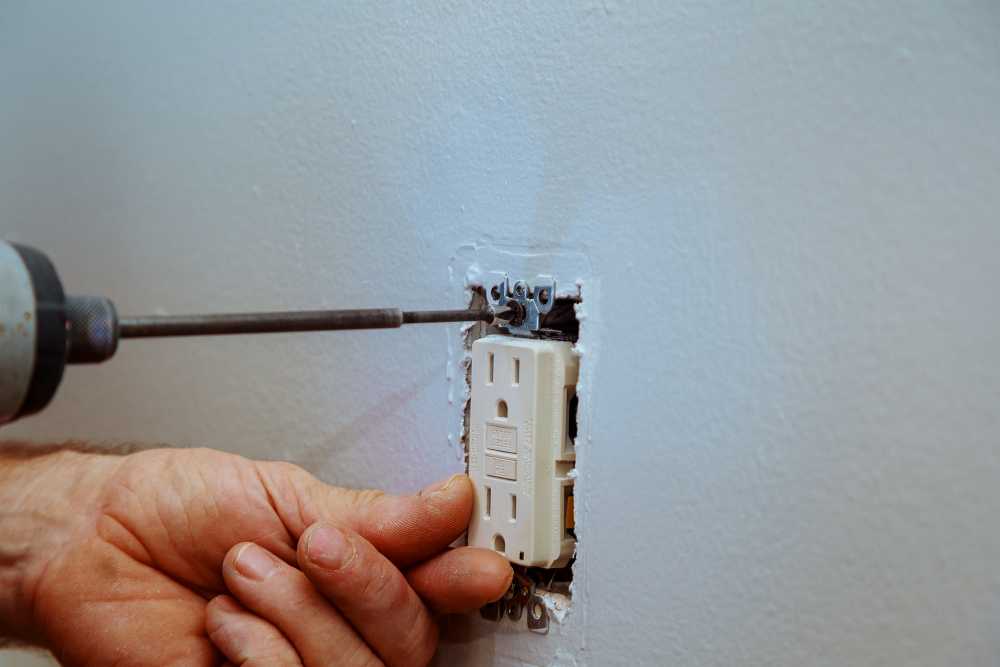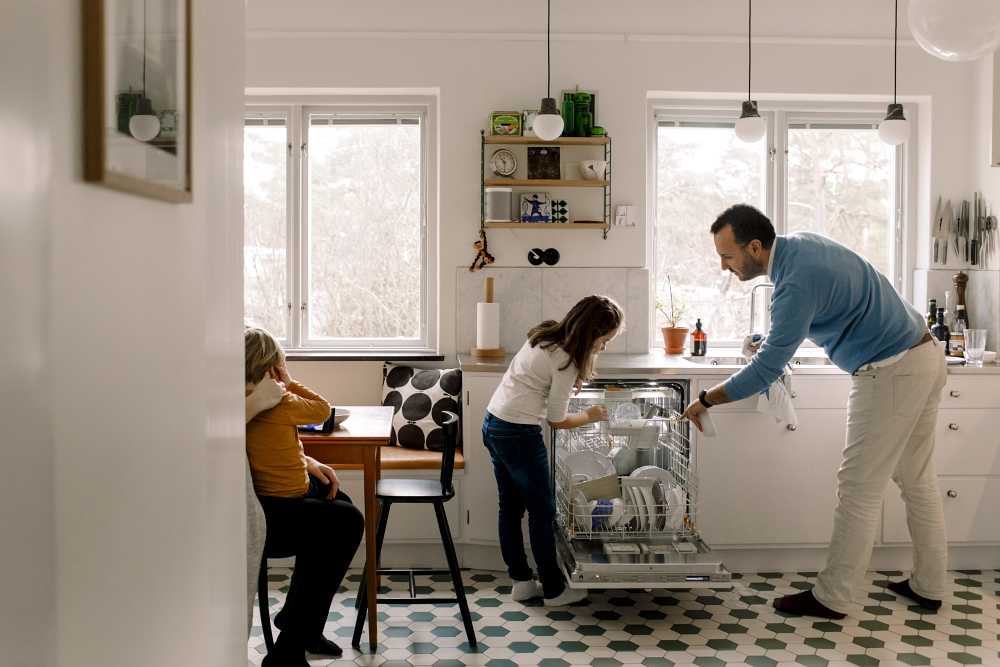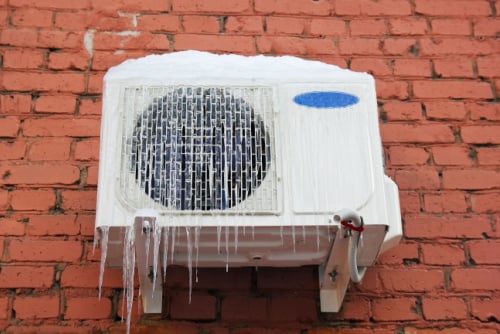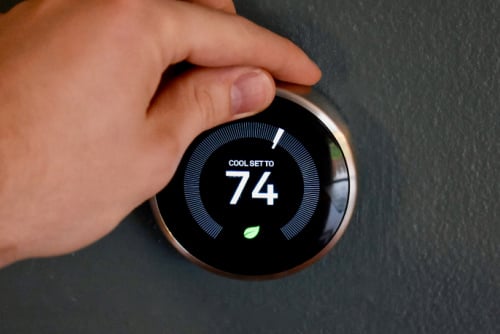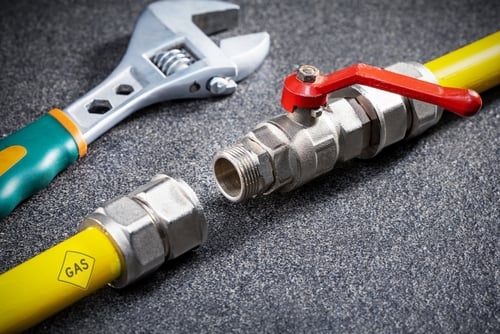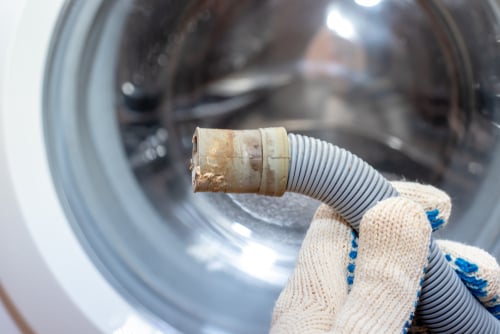Each of your home’s electrical outlets is a source of power. And mystery.
They’re in every room in your house. Covered in rectangular plastic faceplates. A foot and a half from the floor, arrayed above the kitchen counter, on the ledge of the fireplace mantle, maybe even in the floor. They’re ready to serve. But they don’t work forever. And the signs that an outlet has gone bad aren’t always obvious.
If you notice sparks, smoke or a burning smell coming form an outlet, call an electrician right away. That’s not a DIY job, it’s a project for a professional. If the outlet simply isn’t working, your first step is to try the lamp—or whatever is plugged into it—in another outlet. Once you confirm that you need a replacement, follow these steps to replace an outlet in your home.
Power down.
Start by turning off the power for the circuit at the breaker box. Use a voltage tester—if you don’t have one, head to your local hardware or home supply store. If the tester tells you there’s still a current, make sure you flipped the right switch on the breaker box. Then try the voltage tester again. If it detects no current, you’re good to proceed to the next step.
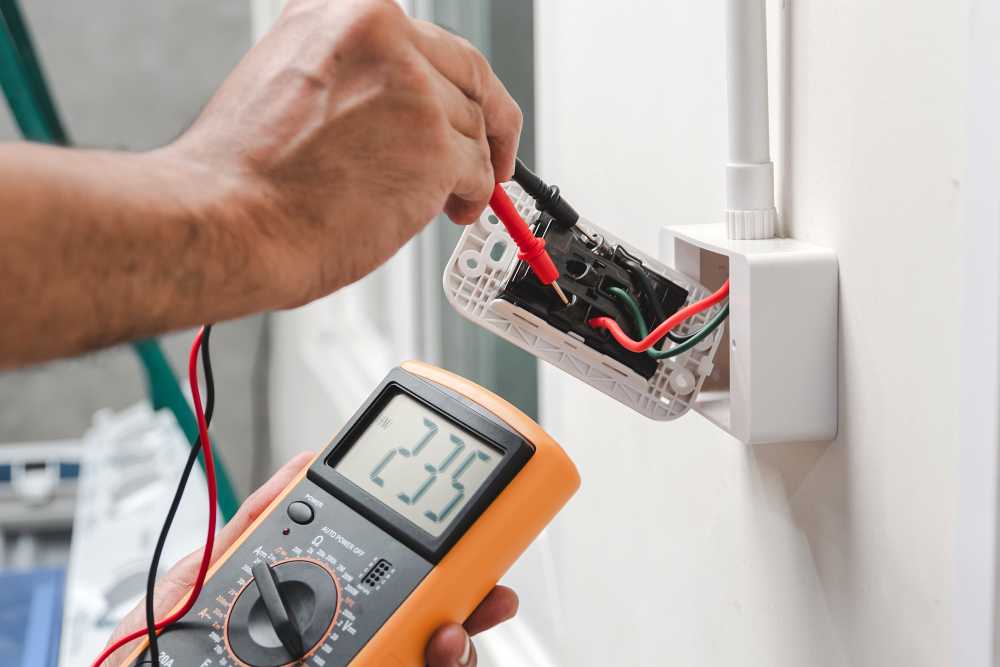
Face off.
Remove the mounting screws and pull off the outlet’s face plate. Then carefully pull out the receptacle without touching the wires or terminals, and test again for power. Touch the voltage tester probes to the top and bottom terminal screws. The black wire should be the hot wire, connected to the brass screw terminals. The white neutral wires connect to the silver screw terminals. The grounding wires, either copper or green-coated, connect to the green receptacle’s grounding screw. To make sure you rewire everything exactly the way it should be, take a photo with your phone.
Size up.
120-volt outlet receptacles come in two sizes. If you’re not sure, the wiring will tell you.
Check the gauge of the wire and the circuit amperage. Wires leading to a receptacle are usually 14-gauge (about as thick as a dime); the circuit breaker or fuse are 15 amps.
12-gauge wires are about the thickness of a nickel and are paired with a 20-amp circuit breaker or fuse, so you should install a 20-amp receptacle. If you aren’t sure which size you have, call an electrician.
Clip, re-strip.
Next, unscrew the terminals and pull the wires free without over-twisting them. If a wire end looks damaged or over-twisted, grab a wire stripper. Cut off the end and re-strip it.
In with the new.
Wire the new receptacle the way it was (check the photo on your phone), connecting white wires to a silver terminal and black wires to brass. Cover the terminals and bare wires with electrical tape. Gently push the outlet back into the box. Tighten the mounting screws and make sure the receptacle is straight. Then screw the wall plate back on. Replace a damaged plate with a new one. Then flip the power back on, test the outlet, and you’re done. Or are you?
Before you plug that lamp back in, here’s a bright idea.
Think about installing a smart plug—not just at this outlet, but throughout your home.
Get smart.
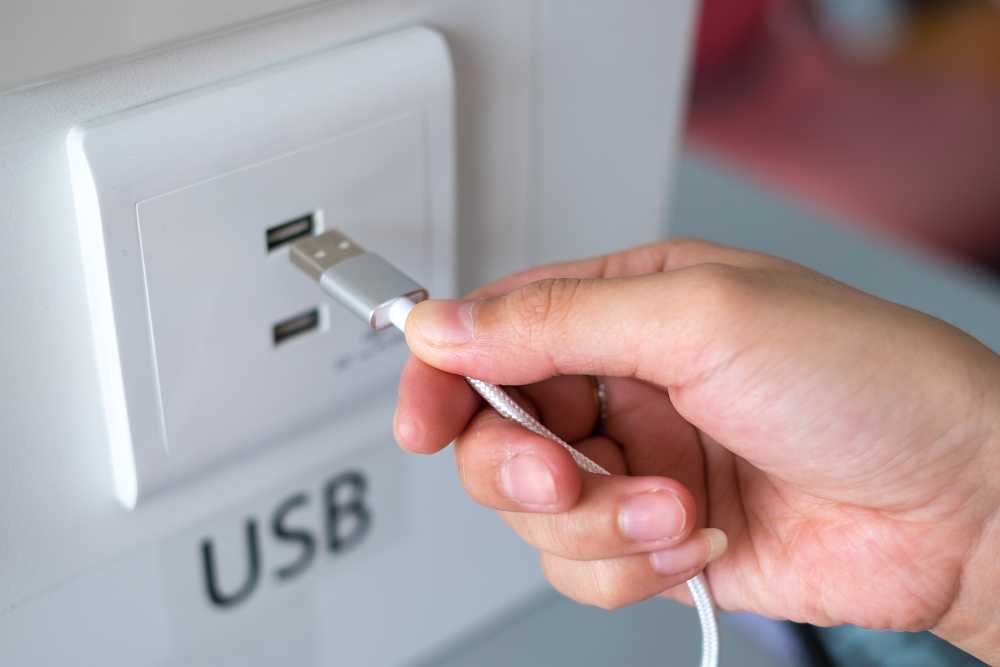
What to know about smart outlets.
These days, there's a smart version of just about every device in the home. They usually connect to the internet so you can control them from anywhere with an app on your phone.
A smart plug is a small, wi-fi-enabled power adapter that plugs into a regular wall outlet
and turns a coffee maker, fan, lamp, or just about any other electrical item into a smart device. That means not only being able to remotely control your appliances, but not having to drive back from your vacation spot because you just remembered that you forgot to turn off the A/C.
Plug into saving energy.
Smart plugs can help you use less energy—and spend less money—by telling you exactly how much power your appliances are using and letting you turn off the power supply to devices that suck up power even when they're switched off.
How to install smart outlets.
It doesn’t take a genius to set one of these up. Step one: plug the smart plug into an outlet. Step two: plug something else (like a lamp or appliance) into the smart plug. Step three: connect the smart plug to Alexa or Google Assistant, or to the smart plug's app. Step four: sit back while the smart plug turns the power supply on and off to whatever device or appliance you plugged into it, responding to commands sent from the app or smart home hub and your wi-fi network.
Now you can reap the rewards of installing your smart plugs. Start making coffee before you get out of bed. still in bed. Adjust your window A/C without leaving the couch. Have lights come on and off in your home while you’re out of town so any prospective intruders think you’re at home. If you left the oven on when you left for work, just turn it off from your office.
At Frontdoor, we know you love getting things done around the house. Staying in control of your to-do list is easier when you can keep the small things from turning into bigger—and more expensive—ones. We’re here to make it easier to prevent problems instead of reacting to them.
Want to learn more about replacing outlets, electrical work, or anything else about home maintenance and repair? Download the app if you haven’t already, and chat with a helpful, friendly Frontdoor Expert.
Frontdoor assumes no responsibility, and specifically disclaims all liability, for your use of any and all information contained herein.
Was this article helpful?
